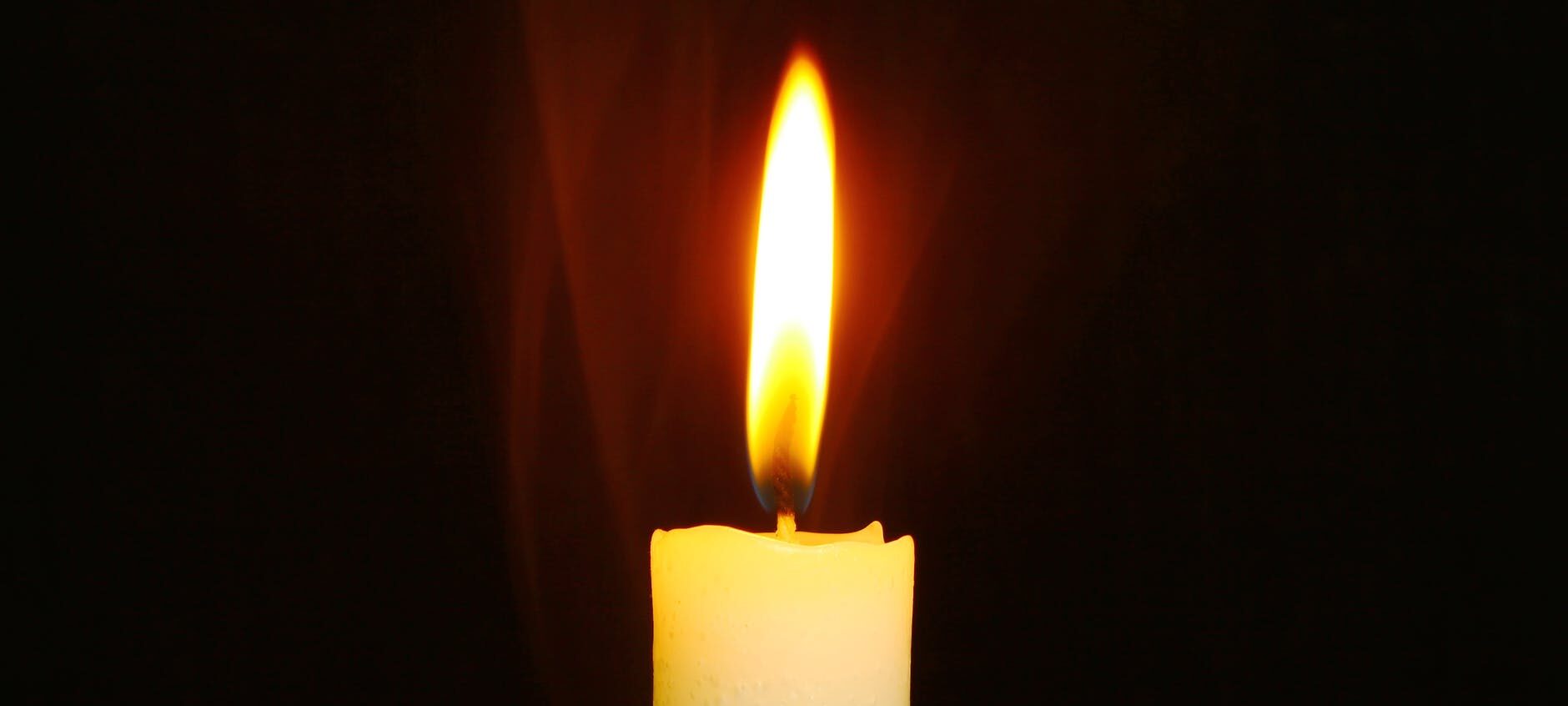Hatha Yoga emphasizes the practices of body purification (Yoga practices also called Shatkarmas) to balance doshas before any higher practices can be done. One of these practices is called Trāṭaka (commonly written as Trataka). It involves steady and continuous gazing at an object of concentration.
Trataka is also mentioned in Hindu mythology in Mahabharata. It is said that Yogi Vipula protected his teacher’s spouse from the illusions of the chief of the celestials by constant fixation of his eyes into her eyes, thus protecting her from Indra [5].
Also, the Ascetic Vidura induced his psyche (i.e. soul), into Yudhishthira at the time of his final departure, by steadily staring into his eyes [6].
Definition
Trāṭaka (in Sanskrit, त्राटक ) means to “look”, or “gaze”. So, it is a method of fixing the eye on one object. Trataka is of two types –
- Antar (internal)
- Bahir (external)

Translation 1: “Gaze with motionless eyes and concentration at a minute point until tears flow. This is called Trataka by gurus.” – By Brian Dana Akers
Translation 2: “Looking intently with an unwavering gaze at a small point until tears are shed is known as trataka by the acharyas (teachers).” – By Swami Muktabodhianada
Svatmarama (author of Hatha Yoga Pradipika) writes that trataka means to stare at a small point (sukshma lakshyam). Sukshma can mean small or subtle.
Objects used for Trataka
As mentioned before, there are two forms of the practice, one is bahiranga or external trataka and the other is antaranga or internal trataka. Of these two, external trataka is simpler to perform because one needs to just stare at an external object or symbol. Whereas in internal trataka, the object needs to be imagined in the mind, which is difficult for a beginner.
Objects on which trataka can be performed are:
- Candle Flame
- Yantra
- Mandala
- Chakra
- Shivalingam
- Full moon
- A Star
- Rising or setting sun (when it is orange-red and not yellow)
- Symbol OM
- One’s own shadow
- Trataka can also be done on objects of natural environment like a rose, tree, mountain, or sea
- Worshiping a deity and steadily gazing at its form can be considered as bahiranga trataka
For general use, unless not specified by a guru/teacher, a candle flame is considered suitable. This is because objects like Yantra or Mandala leave specific impressions on the brain according to their geometry and design. Knowledge of their design and uses is necessary before practicing trataka on them.
Concept behind the practice
In our everyday life, most of the activities we do involve eye movements that are rapid (saccades) with a combination of slow drifts (nystagmus). It is rare that our eyes are fixed at a point steadily. Even when they are focused on an external object, the view perceived is always fluctuating because of our involuntary eye movements.
But in Trataka, when the same object is seen constantly without blinking the eye (through voluntarily controlling the eye movements), the brain slowly stops registering that object.
This habituation with the object increases the alpha waves produced in the brain. This in turn induces a state of calm, with diminished attention towards the external world. Certain areas of the brain reduce or cease their activity.
Therefore, during the practice the mind gets silent and one can remain in a state of pure awareness. With the ‘blanking out’ of visual perception, the central nervous system begins to function in isolation. This experience is termed by the yogis as ‘sushumna awakening.’ [1]
When the brain is isolated from the sense modalities and from the associated mental processes, ideas, memories, etc. triggered by these thought impressions, then the spiritual consciousness emerges. The higher brain, liberated from time and space, is experienced. Sushumna is awakened.
– Swami Mukti Bodh Anandna
Efficacy of Trataka
Below are some of the research papers on effectiveness of Trataka exercise:
- Effect of Tratak Candle Flame Meditation on Concentration and Memory Level of the College Athletics Team [link]
- Immediate effect of yogic visual concentration on cognitive performance [link]
- Assessment of Effectiveness of Trataka Exercise on Vision and Aesthenopia among Student Nurses with Refractive Error [link]
- Effect of trataka on cognitive functions in the elderly [link]
The proper technique to perform Trataka is described in this article.
References
- Book: Hatha Yoga Pradipika: Light On Hatha Yoga, by Swami Mukti Bodhananda
- Book: Hatha Yoga, The report of a personal experience, by Theos Bernard, Published by Rider & Company
- Book: The Hatha Yoga Pradipika (Translated), Svatmarama (Author), Brian Dana Akers (Translator)
- Journal: International Journal of Yoga
- Book: Mahabharata, Book 13 of 18, Anushasan Parva, section 40 [link]
- Book: Mahabharata, Book 15 of 18, Ashramavasika Parva, section 26 [link]

2 thoughts on “Trataka Kriya – Meaning, Concept & Effectiveness”